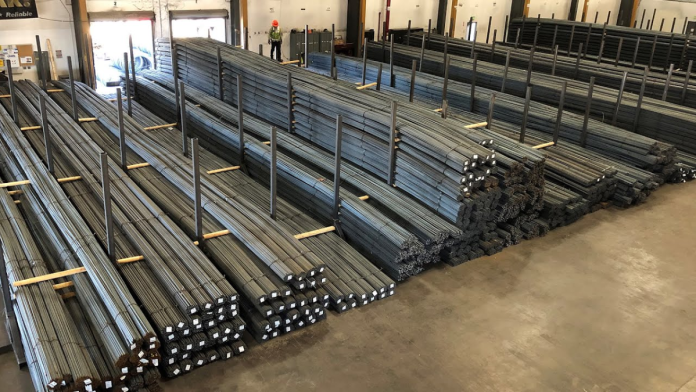Brazil’s steel market is facing a growing problem that has traders, importers, and distributors deeply worried. Reports are emerging that some steel imported from China may be fake. The steel is allegedly arriving in Brazil with false labels, fake quality certificates, and even altered chemical compositions.
Industry participants say this trend is not only damaging fair competition but also putting end-users at serious risk. They warn that some of the materials being sold could corrode or fail much sooner than expected, especially in construction and infrastructure projects.
In simple terms, this means some steel being sold as high-quality is actually much weaker. The issue has become so common that many importers say it now feels “normal” in Brazil’s market.
How fake steel is allegedly entering Brazil
According to importers, several methods are used to disguise low-quality steel. One of the most common tricks is called “head and tail” production. In this process, only the beginning and end of a steel coil have the high coating quality promised on the label, while the large middle section is made with a much thinner layer.
Other importers report seeing overlapping or changed labels on steel coils. In some cases, one label showing a lower coating level is covered with a new one that falsely shows a higher grade. There are also claims that some documents and certificates are forged.
Sources in the market say some exporters even alter the chemical composition by adding small amounts of boron. This trick changes the customs code of the product, allowing it to pass under a cheaper import category and pay lower taxes.
Price wars and a “toxic” market environment
Because fake or mislabelled steel is cheaper to produce, it enters Brazil at prices well below genuine material — often $30 to $200 per tonne less than certified products.
Although prices for galvanised and Galvalume steel have stayed steady, insiders say the competition is unfair. Importers selling legitimate products are losing business to cheaper, irregular supplies, creating what many describe as a “toxic” market where honesty is punished instead of rewarded.
Brazil’s emphasis on price over quality has made the issue worse. Many buyers focus only on cost, rarely checking zinc coating levels or verifying certificates. Simple testing devices, which cost under $100, could easily confirm coating thickness, yet they are rarely used, and there is no requirement for testing at ports.
As a result, fake steel continues to enter the country unchecked, eroding trust across the market. Distributors say genuine businesses cannot compete when others sell inferior material at lower prices, forcing them to either lose contracts or accept losses.
Tariffs Alarm Bells Ring as China’s Exports Suddenly Collapse — Weakest Performance in Eight Months
Calls for stricter checks and buyer awareness
Industry players are urging stronger controls and better awareness to stop the spread of fake steel. They suggest that trade associations or government bodies could distribute coating test devices or promote public campaigns to help buyers check the quality themselves.
Some also propose a certification system similar to the one used for rebar in Brazil. The idea is to require all imported coated steel to meet a minimum standard, such as AZ150, before it can be sold. This could help filter out low-quality materials and protect end users.
An organisation like Inmetro, which already ensures quality and safety in various products, could play a central role. It could help enforce these standards by creating new conformity programs for coated steel.
However, some experts believe that even with new rules, the challenge will be large. Brazil’s customs authorities cannot inspect every shipment that enters the country. Many importers also say that unless buyers themselves become more aware and start testing materials, the problem may continue.


